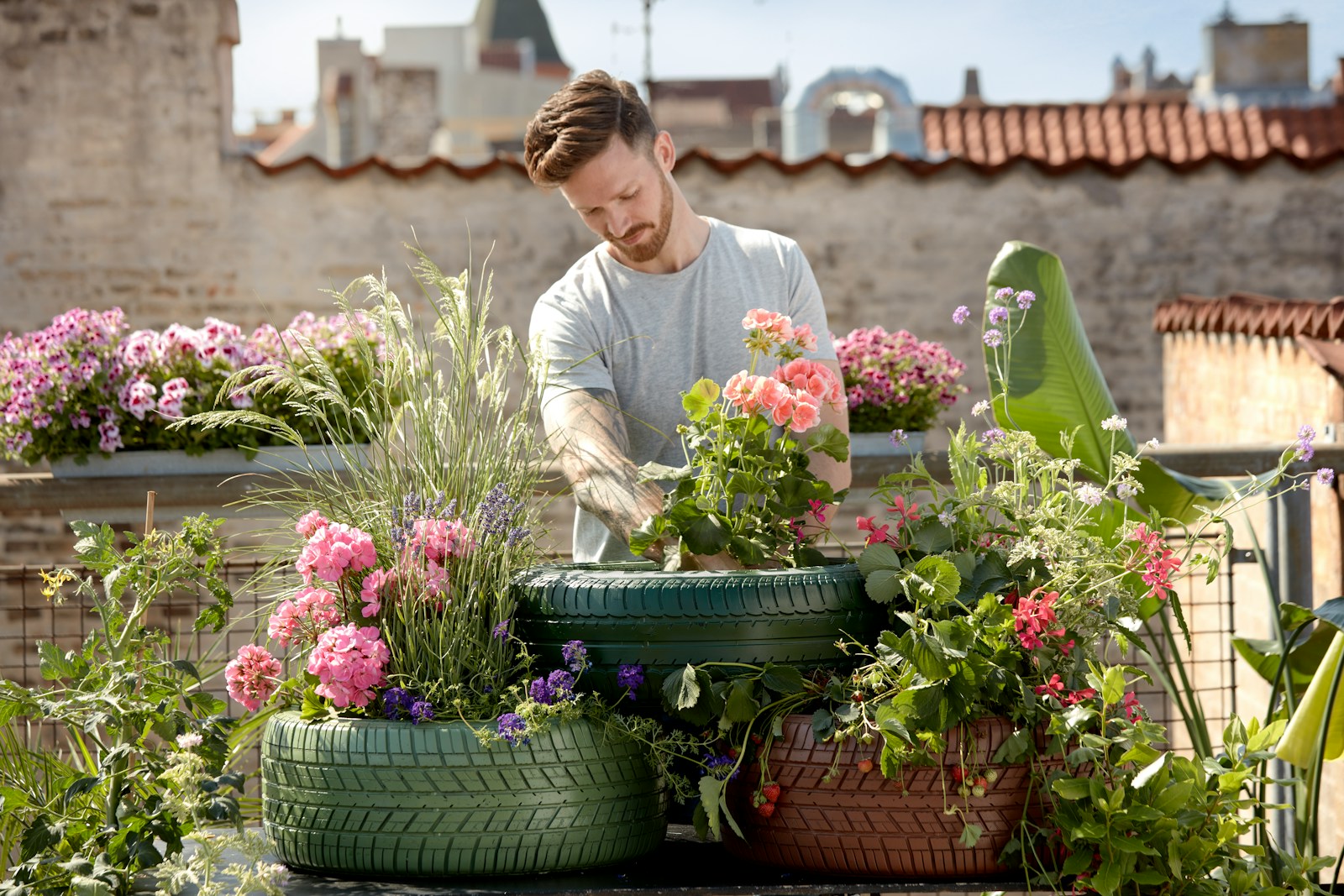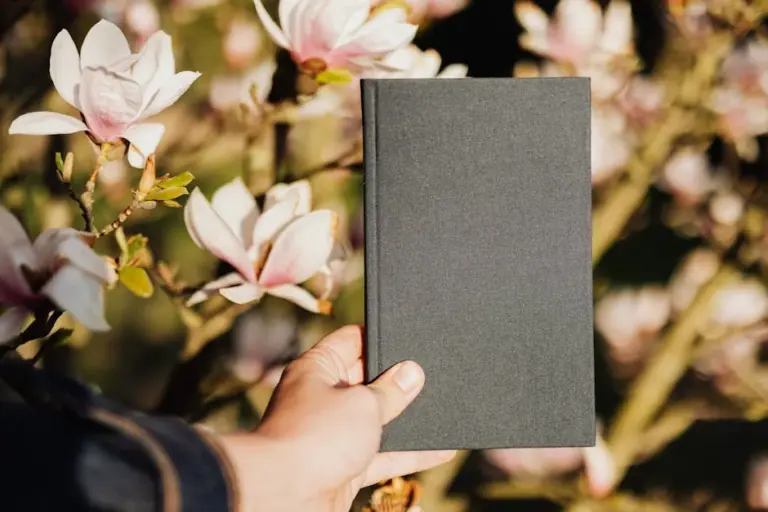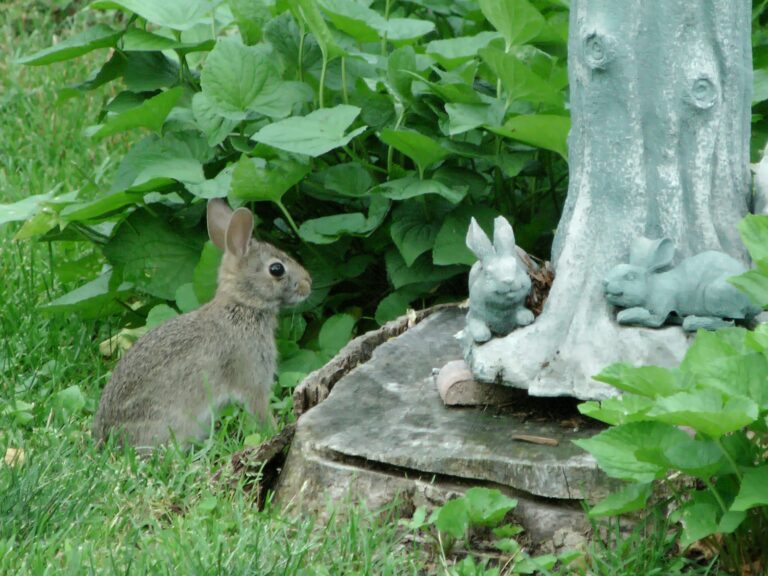Growing Edible Flowers: Beauty and Taste in Your Garden for Fresh, Flavorful Delights
Growing edible flowers is a simple way to add both beauty and flavor to your garden. These flowers not only enhance the look of your outdoor space but also bring fresh, unique tastes to your meals.
You can enjoy the dual benefit of cultivating flowers that please your eyes and your palate. Whether you’re new to gardening or looking to diversify your plants, edible flowers offer an accessible and rewarding option.
Nasturtiums: Peppery leaves and vibrant flowers for salads
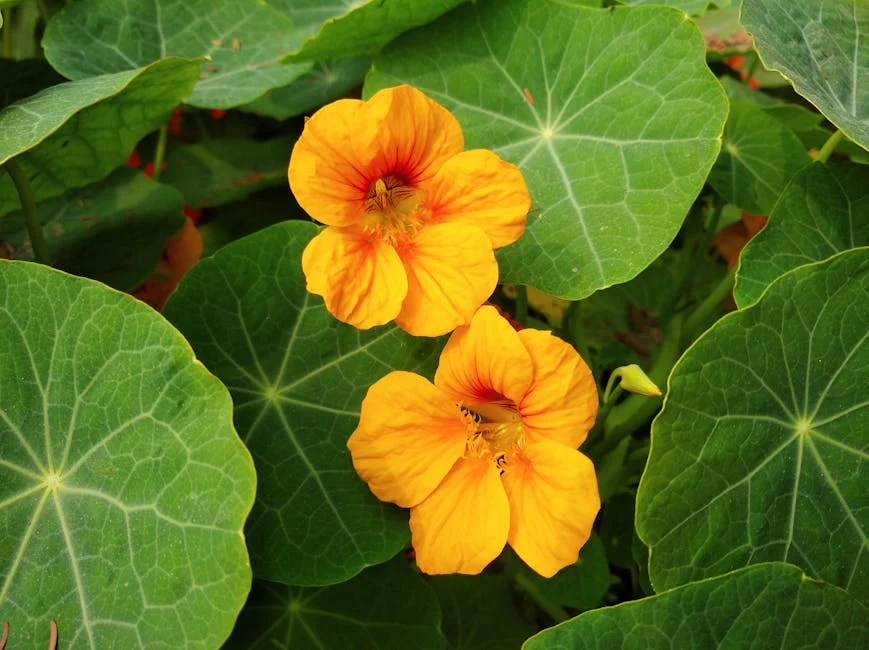
You can add a fresh, peppery flavor to your salads with nasturtium leaves. Their taste is similar to watercress or arugula, giving your dishes a mild spicy kick.
The vibrant flowers are edible too, making your meals look colorful and inviting. Both leaves and flowers work well in salads, sandwiches, and as garnishes.
Nasturtiums are easy to grow and don’t require much care. Harvest the young leaves and flowers in the morning for the best flavor and freshness.
Calendula: Bright orange and yellow petals with a mild, tangy flavor
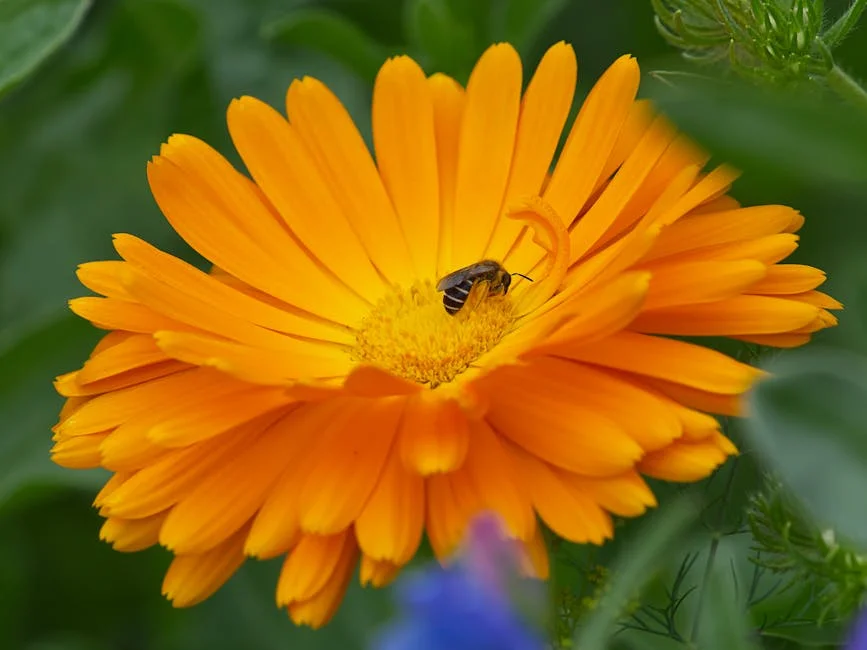
When you grow calendula, you get more than just a splash of bright orange and yellow in your garden. The petals have a mild, tangy flavor that works beautifully in salads, soups, and even as a garnish.
You can eat the petals fresh or dry them to add color and a subtle taste to your dishes. Calendula petals also make a pretty addition to cakes and desserts, offering both flavor and appeal.
Besides being edible, calendula attracts bees and butterflies, helping your garden thrive. It’s a simple way to add both beauty and usefulness to your outdoor space.
Chive Blossoms: Onion-flavored purple blooms perfect for garnishes
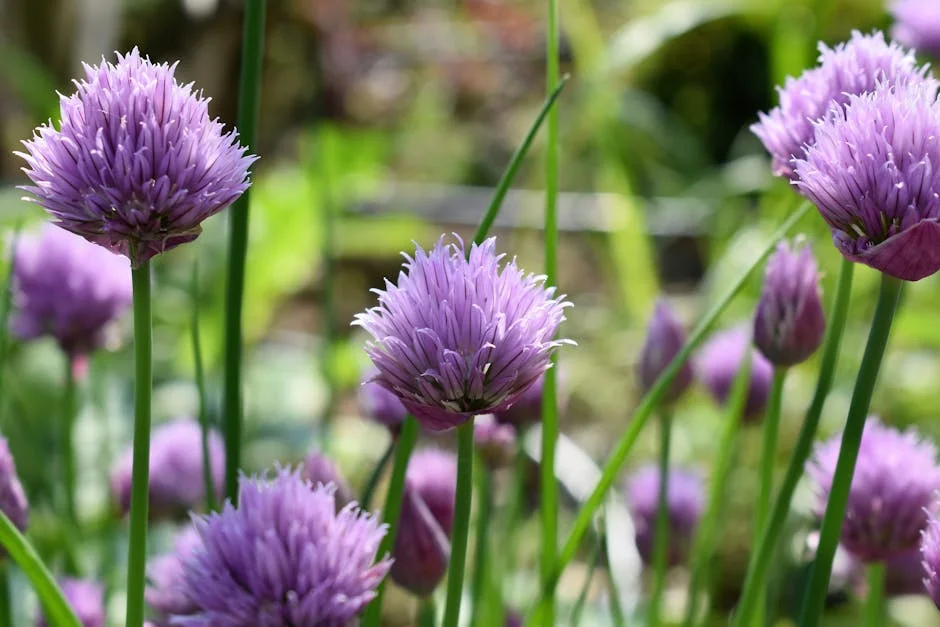
When you grow chives, you’ll notice delicate purple blooms appear in late spring. These blossoms have a mild onion flavor that’s softer than the leaves, making them ideal for adding a subtle taste.
You can use chive blossoms to garnish salads, soups, or dishes, brightening them with both color and flavor. They also work well infused in vinegar or herb butter.
Harvest the flowers fresh, cutting them with sharp shears when their color is vibrant. Store them in the fridge to keep them fresh for up to a week. They not only taste great but bring a lovely touch to your meals.
Lavender: Sweet floral taste great for baking and drinks
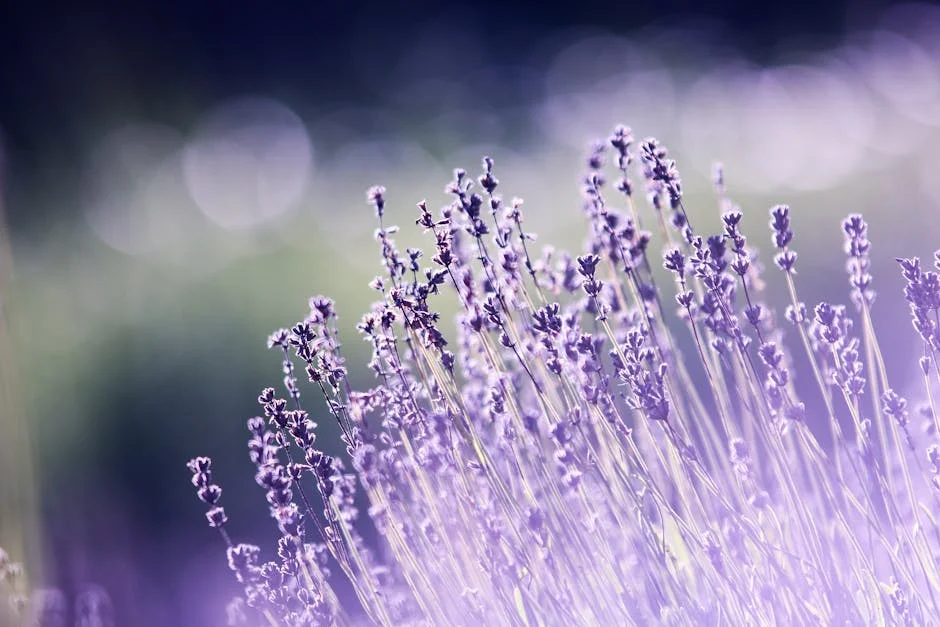
You can grow lavender that’s perfect for cooking, especially English lavender (Lavandula angustifolia). It has a sweet, floral flavor that’s mild and works well in many recipes.
Lavender adds a unique, herbaceous note to baked goods like cookies and cakes. You can also infuse it into syrups for beverages. Lavender lemonade or cocktails with lavender syrup offer a refreshing twist you might enjoy.
Both the flowers and leaves are edible, so you have options for using it in your kitchen. Just be sure to choose the right variety to avoid any soapy or bitter tastes.
Daylily Flowers: Edible buds and blossoms with a crisp texture
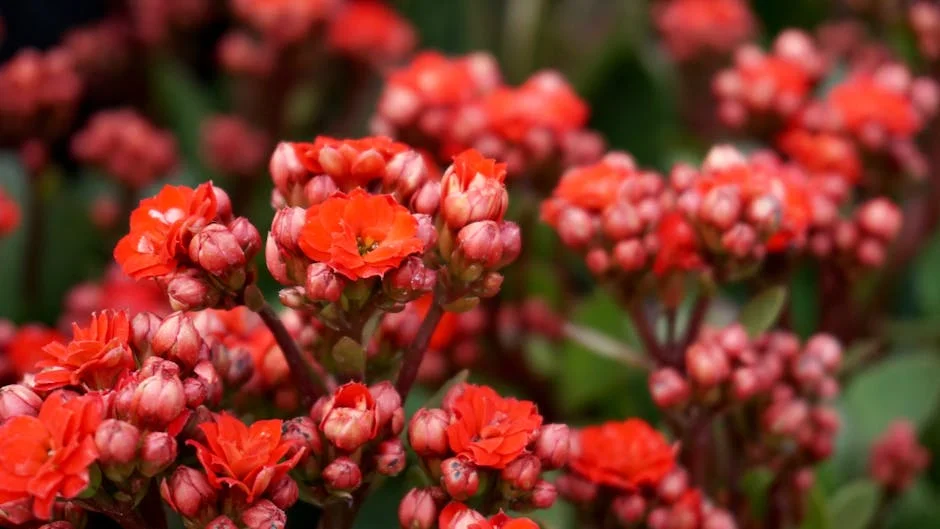
You can enjoy daylily flowers not just for their beauty but also for their edible parts. The buds and blossoms offer a slightly sweet flavor and a crunchy, crisp texture that works well in salads or as a garnish.
Young flower buds are especially tasty when cooked, like in stir-fries. Make sure to pick them from plants that haven’t been sprayed with pesticides to keep them safe to eat.
Daylilies are easy to grow in many climates, so you can have fresh, edible flowers right in your garden to brighten meals and add a unique taste.
Pansies: Mild and slightly grassy, perfect for decoration
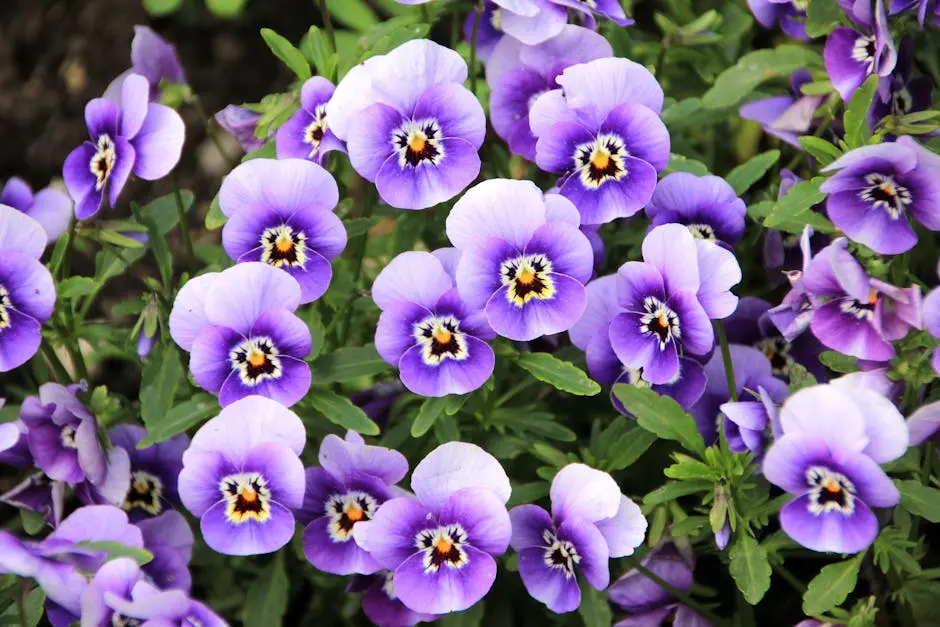
Pansies are a great choice if you want edible flowers that add both charm and flavor to your garden. Their mild taste has a subtle grassy note, making them perfect for decorating salads, desserts, and drinks.
You can also candy pansy petals to create beautiful and tasty cake decorations. Growing pansies is easy, and they thrive in cool weather, adding color to your garden beds and containers.
Both the flowers and leaves are safe to eat, so feel free to experiment with them in your kitchen. They’re a simple way to brighten up your meals.
Borage: Cucumber-flavored blue star-shaped flowers
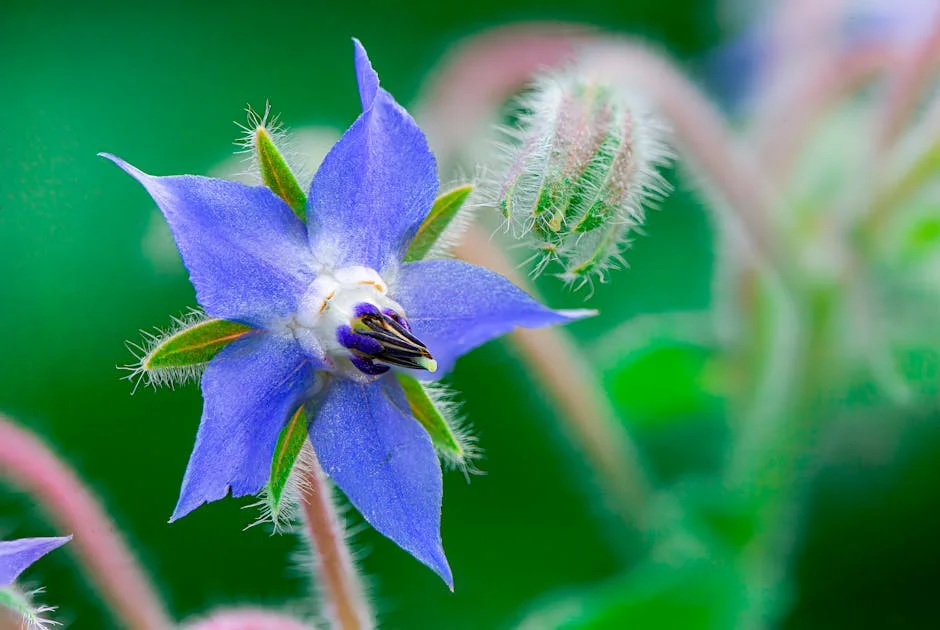
When you grow borage, you get charming blue star-shaped flowers that add both beauty and flavor to your garden. These blossoms have a mild cucumber-like taste, making them a fresh and unique addition to salads and drinks.
You can sprinkle the flowers on desserts or use them as a garnish to brighten up your plates. The plant is easy to grow and attracts pollinators, which benefits your whole garden. Plus, both the leaves and flowers are edible, giving you versatile options in the kitchen.
Violas: Colorful and slightly sweet petals

Violas are small, vibrant flowers that bring a splash of color to your garden. Their petals range in shades of yellow, purple, orange, and maroon, making them visually appealing.
You’ll find their taste is mild and slightly sweet, which works well for decorating salads, desserts, and drinks. Growing violas is simple, as they thrive in partial to full sun with minimal care.
Because they’re edible, you can enjoy both their beauty and flavor safely. They also make a charming garnish, adding a fresh touch to your meals.
Dianthus: Clove-scented petals ideal for desserts

When you grow Dianthus in your garden, you get more than just lovely flowers. Their petals have a mild, clove-like flavor that works well in many desserts.
You can easily add these petals to cakes, salads, or drinks for a subtle spicy sweetness. Their frilled edges add a pretty touch to your dishes.
Dianthus flowers come in bright colors, making your desserts look even more inviting. Plus, they are safe to eat and a fun way to bring natural flavor to your kitchen.
Squash Blossoms: Delicate, mild taste great for stuffing
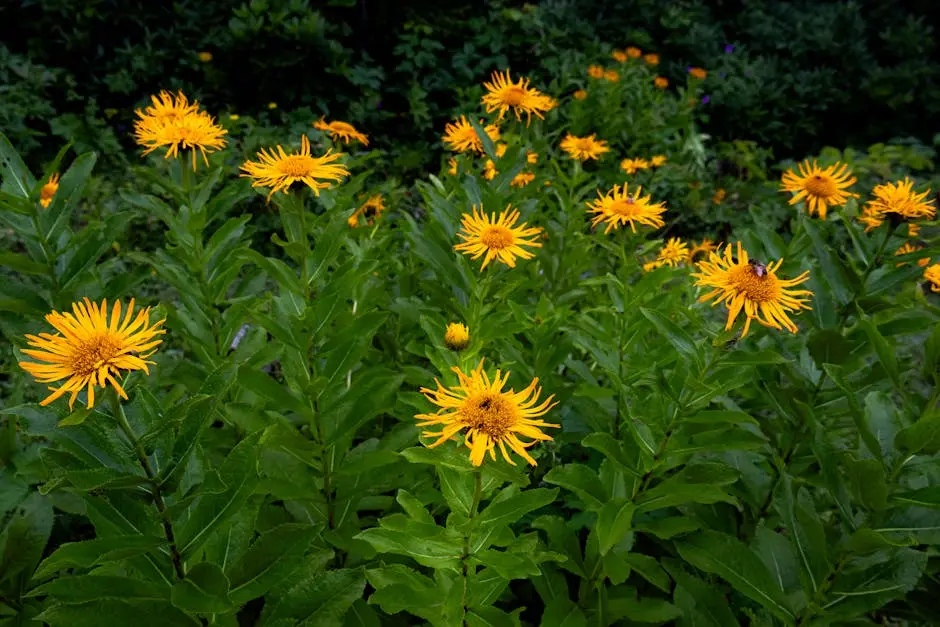
Squash blossoms are a lovely addition to your garden, offering both beauty and food. Their soft texture and mild, slightly sweet flavor make them perfect for cooking.
You can easily stuff these blossoms with cheese, herbs, or other fillings. Their delicate nature means they cook quickly, making them great for frying or baking.
Because they’re seasonal, you’ll find them fresh from late spring to early fall. Growing your own gives you access to this unique, edible flower whenever you want to try new recipes.

